 P
Probably the biggest, or at least most common pothole in any creatives road, is the blank page, canvas, screen, etc., that we face every time we sit down to begin a new project. To be creatively blocked can be the scariest thing for someone who makes their living by, essentially, creating something out of nothing. More intrinsically, artists tend to ground their self image in their vocation. To be “not creative'” is akin to “not being”.
I’ve been extremely fortunate to have had the benefit of good, sometimes great art instructors who taught me “how to be creative”.
With the delivery of a slightly less sarcastic version of David Letterman, one of my art school instructors gave us this speech (well worn, I’m sure) on the first day of my first class in design school:
“All of you are creative (I hope). At some point, you came to the conclusion that there must be a reason for thinking and doing the weird things that you have thought and done over the course of your short, weird lives. It occurred to you, or someone close to you, that it might be a good idea to use this weirdness to your advantage. That’s why you’re sitting here today. Your main frustration, up to this point, is that your weirdness can be erratic, you don’t know how to turn on the creative light bulb that hovers over your weird little heads whenever you feel like it. This will be essential if you are to have any success in this field. That’s why I am standing here today. I’m going to teach you how to turn that light bulb on whenever you feel like it! [yanks on imaginary cord] I will show you how to spin your weirdness into gold. Not boatloads of gold, but enough gold to buy more than the Ramen noodles that you are currently surviving on.”
Condescending, yes; but, it was undeniably true and came as welcome assurance to the group of misfits who had recently landed in the Spring Quarter, Visual Communications Program at the Colorado Institute of Art (condescending sarcasm, by the way, can be a great motivator!).
What I began to learn there has served me well over the two decades that I’ve been able to call myself a working artist. Perhaps my biggest lesson into the mystery of “turning the lightbulb on’ was learning the Art of The Brainstorm. Or more accurately, The Art of The Solo Brainstorm. Unfortunately, we don’t always have the luxury of an organized group of creative types to meet with and play-off each other whenever we need to drum up a great idea. Most of the time, especially if you’re a freelancer or contract worker, you’re pretty much on your own.
There are many schools of thought on this subject. Some business guru-types advocate nine steps to the “perfect” brainstorm; others, as few as four. However it is broken down, these steps can be applied to virtually any creative endeavor. As I am a graphic designer by trade, I will relay my methodology in that regard, but the basic principles will carry over to most any creative area.
Set Your Stage
Get “your stuff” together. All of those things that you need to function creatively; pens, pencils, markers, X-Men action figures. If you’re brainstorming at your computer, and these days, we usually are, disconnect from the usual electronic activities and distractions; email IM, etc. Music is a personal choice. I happen to prefer lyric free, Brian Eno-type ambient music to set my stage.
Destroy Preconceptions
If you’re still using terms like “Thinking outside the box”; you’re probably still somewhere inside the box. Throw “the box” and the metaphor in the imaginary trash can. Even if it’s just in your own mind, stay away from Creative-Speak, Corporate-Speak and the rest of the Cliche-Speaks. Terms like “synergy”, “harmony” and “maximizing (fill in the blank)” are just exercises in semantics. You’re not in a conference room, you’re a creative community of one. I know, I’m probably abusing my own rule somewhere in this article, but you get the idea.
ALSO: Look at stuff outside of your immediate interest area. For instance, when one of the most creative rock musicians and songwriters in history, Jimmy Page, sat down to write, he funneled blues, country, Eastern and international folk music into some of the most groundbreaking rock music in history.
And then…
Feed Your Muse
Surround yourself with creative stimulation. This is something that, in my case, has been acquired over time. In the pre-computer age, it was common to collect “tear sheets” or samples of other peoples work whom you admired, from magazines, books, brochures or other printed materials. This is NOT plagiarism, it is simply collecting and assembling your own version of the design annuals that companies like Graphis and AIGA put out every year.
Of course this can be adjusted to whatever your field happens to be; illustration, photography, writing, etc. Now-a-days, I keep a digital “Grab File” or folder with images that, for whatever reason, captivate me.
RULE OF THUMB: If you find yourself staring at an image for more than a few seconds — even if you hate it — GRAB IT! It may not be obviously apparent, but there is something successful about the image that is holding your attention; something that could provide a spark for the creation of something you DO like in the future. (And just because you don’t think that it’s “good” doesn’t necessarily mean that it isn’t.)
Deconstruction
All creative works, good, bad or otherwise, can be a valuable solo-brainstorming exercise in themselves. Google a competitor’s product and de-construct it to find out why it succeeds — or not — at capturing your attention or communicating the idea.
Crank Out The Good The Bad and The Ugly Ideas
Do not edit yourself! This is a rock solid principle of the group brainstorm. Whether you use a white board, “mind map” method, or you’re just “sketching out” ideas in Photoshop; keep turning out possibilities — half baked and otherwise. This is the time for quantity; not quality. Ideas are like lily pads; most of the time they exist just to get to the next — hopefully — brilliant lily pad. Spend as much time as you need to get it down, make quick notes or adjustments if necessary, and move on.
Like Albert Einstein said: “Nothing happens until something moves.”
Step Back
At this point in your solo brainstorm, it’s a good move to step away from the project. When the ideas stop flowing, it’s time to take a break. Or, if you have the luxury of walking away for awhile, completely remove yourself from the project. Very often, I will jump between projects when I feel that I’m getting stale. Clear your creative palette and re-visit it later.
Discovery
Now is the time to cull your ideas. At this point, the good stuff will be apparent and the seemingly crappy or borderline stuff is ready to reveal any fruit that might be ripe for the picking. You’ll know where to cut your losses with the dead end stuff. With fresh eyes and a fresh outlook, the obvious solution(s) quite often jump right out at you.
These tried and true tips and techniques have helped me through some scary-dry creative spells. You can tailor them to fit your particular craft, profession or needs, of course. And hopefully, they’ll help to put you on a relatively smooth, creative road — without the potholes.
And please, feel free to share your thoughts, ideas, comments. We can only make this process better with your help!
2014 Denver Month of Printmaking is Here!
Month of Printmaking Denver (Mo’Print) is a celebration of the art of making original prints to inspire, educate and promote awareness through a variety of public events and exhibitions in Denver and the metropolitan region. For a full schedule of programs and events, go to: http://moprint.org/
The Epic Austin Music History Chronicles
Photography & Words Of Scott Newton
Photographer Scott Newton has been an avid observer chronicling the evolution of music, politics, and his own personal life in Austin, Texas, since 1970– from The Armadillo in the early 70s through 35 years of Austin City Limits.
If you love the Texas music scene of the 1970s & ’80s, well then friends, this is right up your alley. Scott’s photography is among my favorite ever of this era and of the characters that he brilliantly and intimately captured with his lens… And his personal commentary is icing on the cake. Enjoy.
Colorado Photography Festival™
 The 4th Annual Colorado Photography Festival will be held from June 7-14, 2014. Ten of the nation’s premier photographers will give instruction in the classroom and in the field on numerous aspects of professional photography, from capturing your images to optimizing them in Lightroom. This year’s instructors are Glenn Randall, Dan Ballard, Russ Burden, Andy Cook, Jay Goodrich, Jan Kabili, Mike Berenson, Joseph Roybal, Gene Tewksbury, and Grant Collier.
You Can Now Embed Getty Images’ Gorgeous Photos On Your Blog for Free
 This is shaking up the stock imagery business a little bit. Getty Images is now letting you embed their images for free; with a few, not unreasonable conditions. For more info, go to: http://gizmodo.com
2014 International Call for Entries
 This year, CPAC and Center Santa Fe are partnering on the exhibition component of Center’s Project Launch award. This year, CPAC and Center Santa Fe are partnering on the exhibition component of Center’s Project Launch award.
Project Launch is presented to an outstanding photographer working in fine art series or documentary project. The grant includes a cash award to help complete or disseminate the works as well as providing a platform for exposure and professional development opportunities.
This grant is awarded to complete or nearly completed projects that would benefit from the award package. It requires signature of a contract to participate in an exhibition at the Center for Contemporary Arts, during Review Santa Fe and then will travel to CPAC for a second exhibit in 2014.
Learn more at Center
By Reed Art & Imaging
Gallery showings and events can be key to sales for the artists as the go-to event for art buyers. Openings and the ensuing sales are the life-blood of successful galleries. We’ve put together a few resources for the artists and the galleries that rep them.
More Call for Entries:
These lists are national and current. If you have a favorite list you want to share, let us know and we’ll pass it along next month.
A few places to get exposure for your gallery:
These may not be the usual place you list an art show, but the usual places might not be the first place the potential buyer looks. Adding these to your existing list can widen your marketing reach and increase buzz.
Zvents.com The feedback we have heard directly is that zvents.com has helped get events listed first page on Google and increase event attendance.
Yelp.com Yes it’s a review site, but their mobile app offers up a “Things to do in the area” list. Perfect for drawing in folks who are already out on the town and in your neighborhood. Ask your artists and your attendees to leave a review.
Foursquare.com Another mobile friendly way to bring locals right to your door. Encourage your artists and show attendees to check in to foursquare and leave a review. The more reviews, the better the exposure and the higher the traffic potential. The potential from crowd-sourced marketing is huge.
Have some great ideas? Drop us a line and we’ll add them next month.
OVER 150 PHOTO CONTESTS:
Show Off Your Skills & Earn Cool Stuff!
Thanks to Wendi over at wsphotodesign.com for sharing this one with us:
Masthead photos courtesy of Jody Akers and John Harris
|
If you no longer wish to receive our emails, click the link below:
Unsubscribe
Reed Art & Imaging 888 Federal Blvd Denver, Colorado 80204 United States (800) 999-8084
|
|


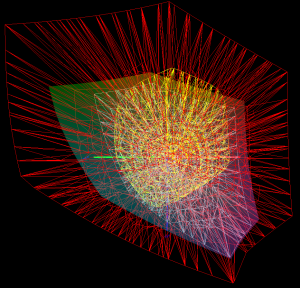
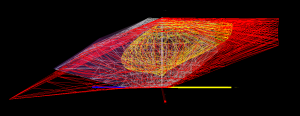
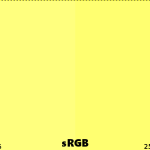
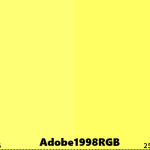
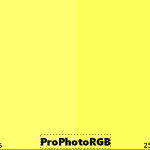

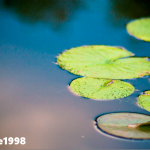
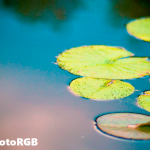
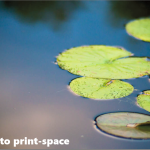
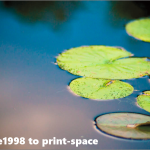
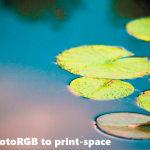
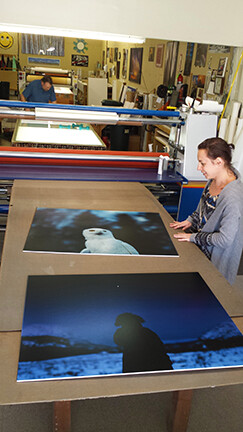
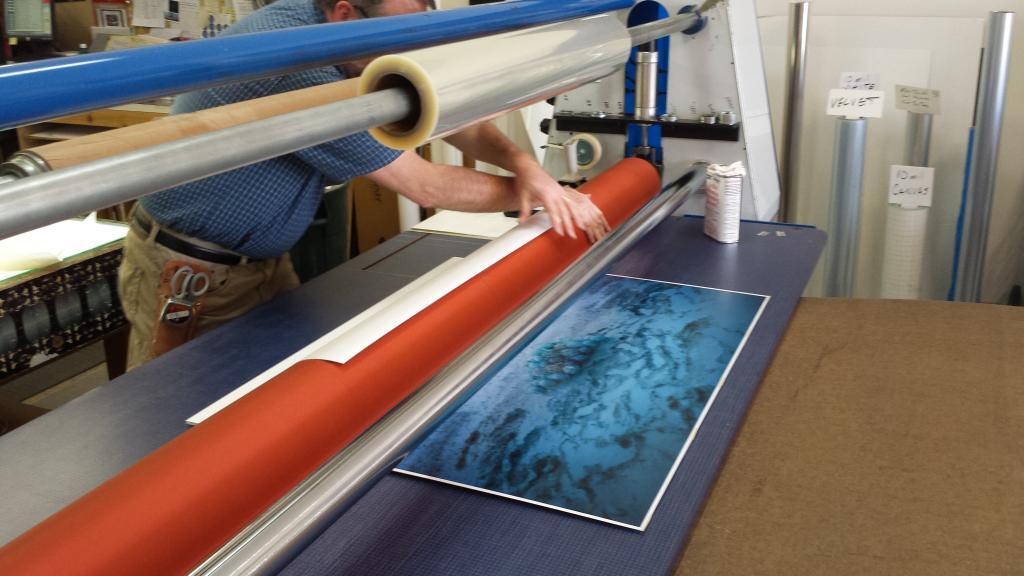
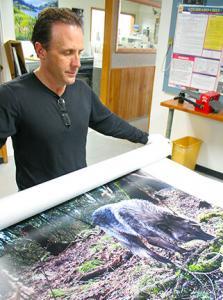
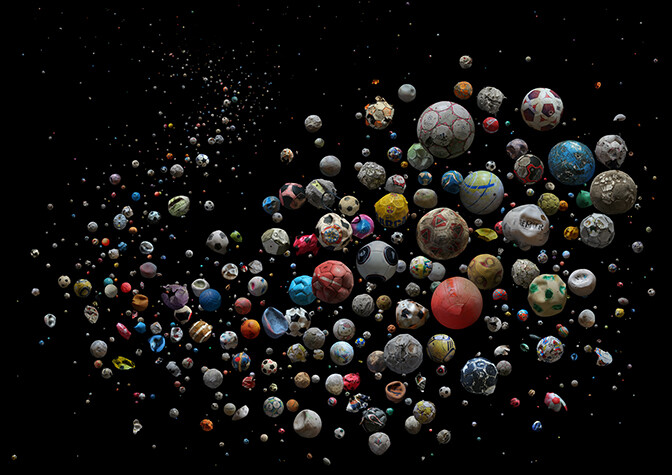
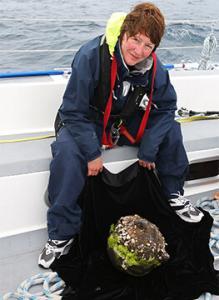
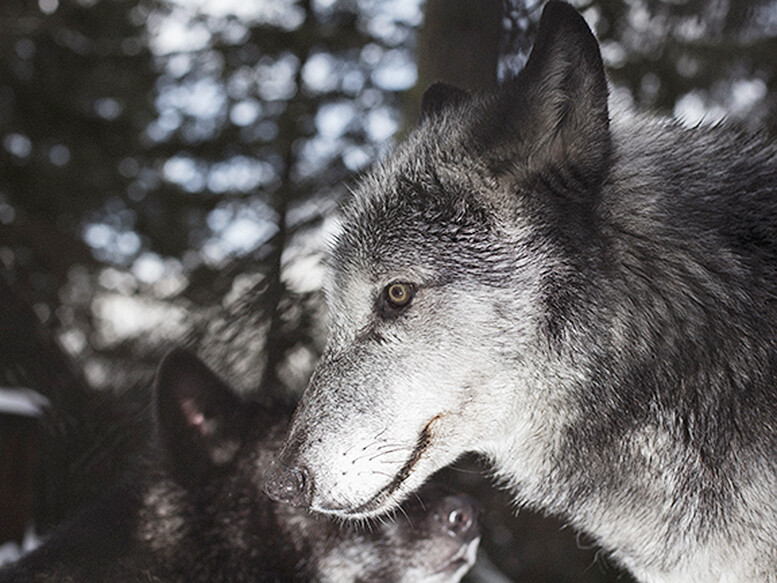

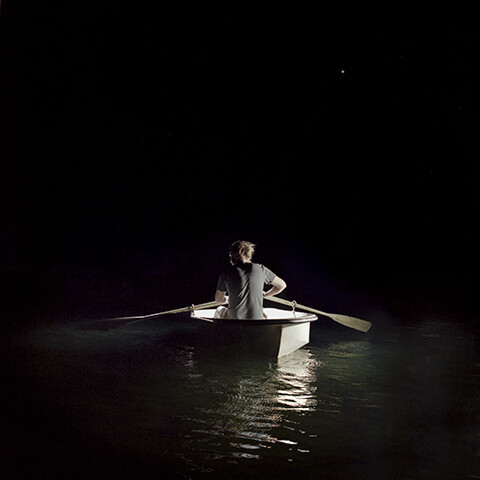
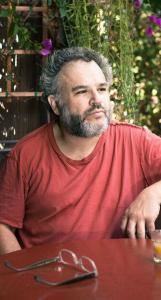
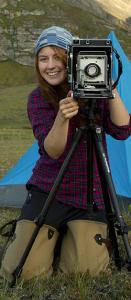
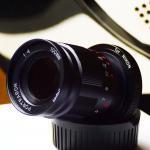 As part of an ongoing lo-fi experiment I have been acquiring a number of old-school lenses that are known for being less than perfect, and I’ve modified good lenses, all in the quest to find just the right level of ethereal beauty. Lomography’s recent release of their Petzval reminded me of another lens released decades ago; the Spiratone Portragon 100mm f:4. This sole purpose of this lens was to re-create the effect of the very early single meniscus lenses used on bellows-focus cameras of the time. I had never owned a Portragon, so I had no personal reference regarding it’s Image Quality (IQ). That said, I was off to google where I found… well, very little in the way of examples. One YouTube video and a handful of photos – none of which gave me any real sense of the strengths this lens might posses.
As part of an ongoing lo-fi experiment I have been acquiring a number of old-school lenses that are known for being less than perfect, and I’ve modified good lenses, all in the quest to find just the right level of ethereal beauty. Lomography’s recent release of their Petzval reminded me of another lens released decades ago; the Spiratone Portragon 100mm f:4. This sole purpose of this lens was to re-create the effect of the very early single meniscus lenses used on bellows-focus cameras of the time. I had never owned a Portragon, so I had no personal reference regarding it’s Image Quality (IQ). That said, I was off to google where I found… well, very little in the way of examples. One YouTube video and a handful of photos – none of which gave me any real sense of the strengths this lens might posses.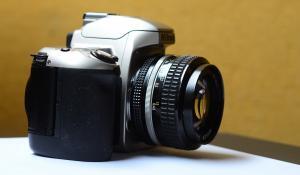
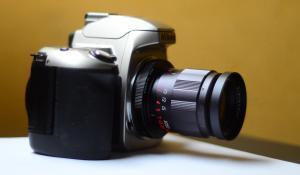


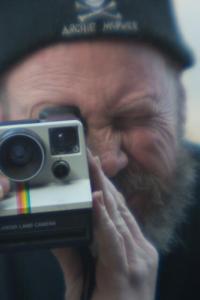
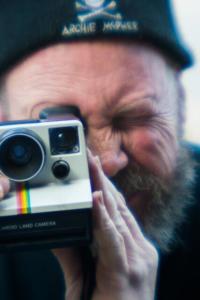
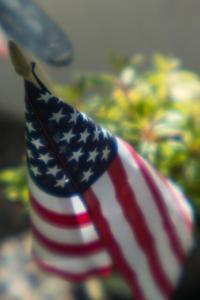
 That magnificent highway that normally makes it easy to get to us, is going through a much-needed expansion. While we get that in the end it will
That magnificent highway that normally makes it easy to get to us, is going through a much-needed expansion. While we get that in the end it will



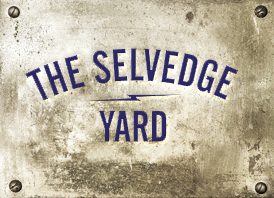
 The 4th Annual
The 4th Annual 









 I’m not sure if I can come up with a great definition of art, but as the old saying goes "I know it when see it". The photojournalism of
I’m not sure if I can come up with a great definition of art, but as the old saying goes "I know it when see it". The photojournalism of 
 Right on the heels of the successful release of the retro styled Nikon Df, the buzz is gaining momentum for this new entry into the retro styled market. The new camera from Fujifilm rumored to be titled the X-T1 is said to feature a 16megapixel APS-C sensor, interchangeable lenses, wi-fi and more manual controls than you can shake your cable release at. The estimated official announcement date is set for January 28, 2014, with a first sale date projected to be in February, 2014. Sources point to a body-only price of $1,700 US.
Right on the heels of the successful release of the retro styled Nikon Df, the buzz is gaining momentum for this new entry into the retro styled market. The new camera from Fujifilm rumored to be titled the X-T1 is said to feature a 16megapixel APS-C sensor, interchangeable lenses, wi-fi and more manual controls than you can shake your cable release at. The estimated official announcement date is set for January 28, 2014, with a first sale date projected to be in February, 2014. Sources point to a body-only price of $1,700 US. From exhibition submission to gallery wall, the presentation of your work is vital to how it is perceived. How do you make the best possible print? What kind of mounting and framing is most appropriate? What is archival? What do you ask for in a
From exhibition submission to gallery wall, the presentation of your work is vital to how it is perceived. How do you make the best possible print? What kind of mounting and framing is most appropriate? What is archival? What do you ask for in a